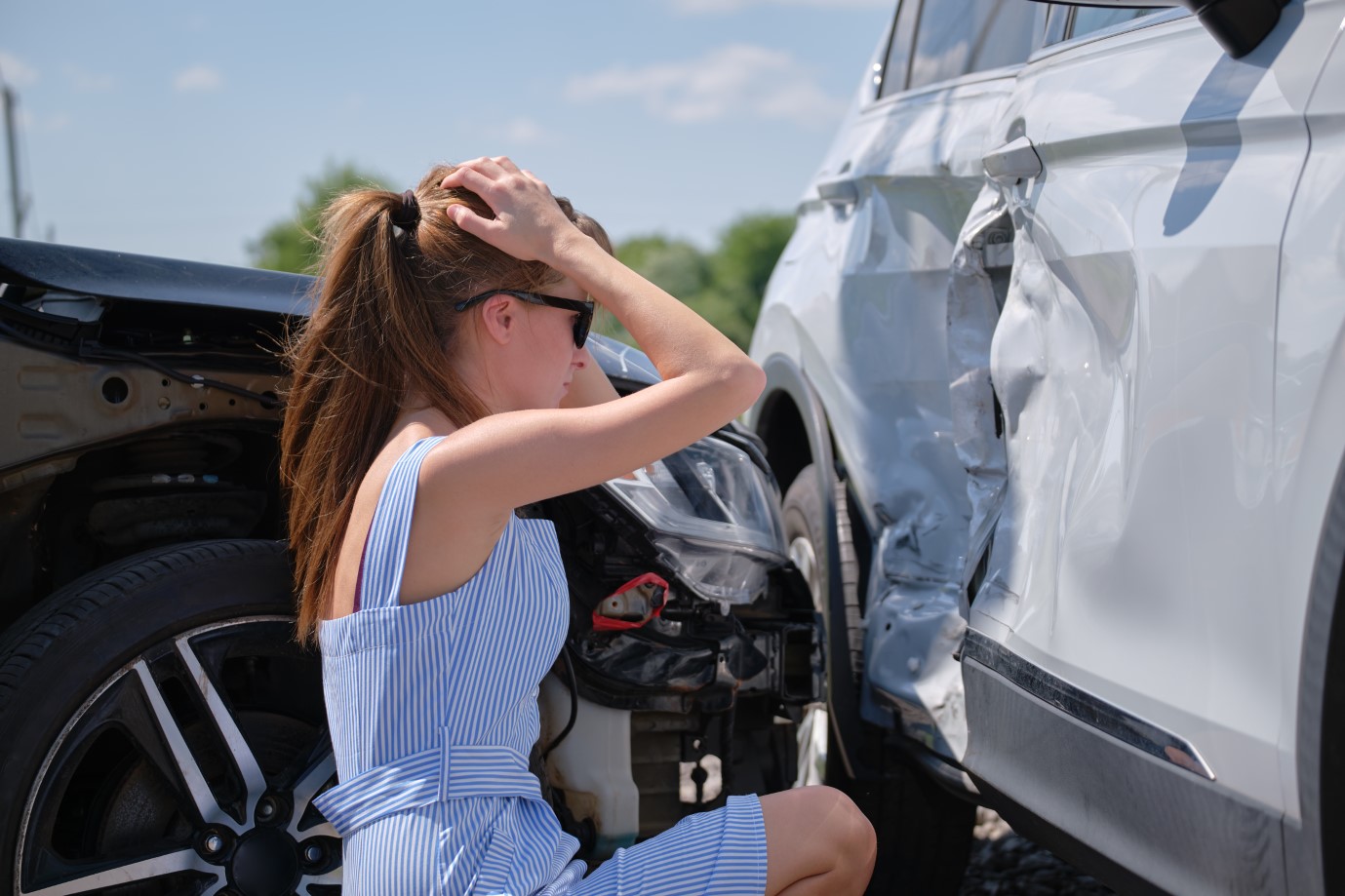Virginia applies the doctrine of contributory negligence.
Maybe. Virginia applies the doctrine of contributory negligence, which the Virginia Supreme Court defines as the objective standard of whether a plaintiff failed to act as a reasonable person would have acted for their safety under the circumstances.
As the Virginia Supreme Court has explained, in cases where the plaintiff and the defendant were negligent, and their negligence proximately contributed to the accident causing the injury, the negligence of the plaintiff and the defendant is not compared.
Instead, any negligence by the plaintiff that was a proximate cause of the accident will prevent the plaintiff from recovering.
Exceptions to the contributory negligence doctrine
However, the contributory negligence doctrine in Virginia has exceptions, including the last clear chance doctrine.
The two scenarios where the last clear chance doctrine may apply to a personal injury case in Virginia are:
(1) where the injured plaintiff negligently placed themself in a position of peril from which they were physically unable to remove themself (the injured plaintiff in this scenario is known as a helpless plaintiff) or
(2) where the injured plaintiff negligently placed themself in a position of peril from which they were physically able to remove themself, but the injured plaintiff was unconscious of the peril (the injured plaintiff in this scenario is known as the inattentive plaintiff).
In the case of the helpless plaintiff, the last clear chance doctrine requires that the injured plaintiff prove that he or she was physically incapacitated and that the defendant saw or should have seen the helpless plaintiff.
Also, in the case of the inattentive plaintiff, the last clear chance doctrine requires that the injured plaintiff prove that the defendant saw the inattentive plaintiff.
In both the case of the helpless plaintiff and the inattentive plaintiff, the last clear chance doctrine requires the injured plaintiff also to show that the defendant could have avoided the accident by using ordinary care.
Finally, the Virginia Supreme Court has written that the last clear chance doctrine only applies if the injured plaintiff’s negligence is remote. This means that if the opportunity to avoid the accident was as available to the injured plaintiff as to the defendant, the injured plaintiffs are barred by the doctrine of contributory negligence.
Contact our personal injury lawyers in Virginia Beach.
Questions regarding the application of the contributory negligence doctrine and the last clear chance doctrine are specific to the facts of the individual personal injury case, and we encourage you to contact one of our personal injury lawyers in Virginia Beach.
Such experienced personal injury lawyers can assess whether the defendant has a legitimate basis for making a contributory negligence defense. In cases where a contributory negligence defense may be applicable, experienced personal injury lawyers can assess whether there are any exceptions to the contributory negligence doctrine that may apply, such as the last clear chance doctrine, the age of the plaintiff, proximate causation, etc.
As in all personal injury cases, experienced personal injury lawyers can also advise the injured person on the value of the claim, guide the injured person through the process of filing a claim with the applicable insurance company or companies, and represent the injured person in the litigation of the claim if a lawsuit becomes necessary.
Schedule a Consultation With Preston, Wilson & Crandley, PLC
At Preston, Wilson & Crandley, PLC, we are here to help navigate the complexities of post-accident procedures and legal matters. Our experienced team ensures you receive the support and compensation you deserve.
Our attorneys handle injury claims ranging from bicycle accidents, pedestrian accidents, motorcycle accidents, truck accidents, and car accidents to drunk driving accidents and wrongful death claims.
Give us a call and let our experience work for you. We have been helping the people of Virginia since 1955 and are ready to help you. Schedule a consultation to discuss your case.
If you need a Personal Injury Attorney in Virginia Beach, please call us at (757) 486-2700.
Follow us on Facebook.
# Plaintiff and Defendant Negligent in Accident

